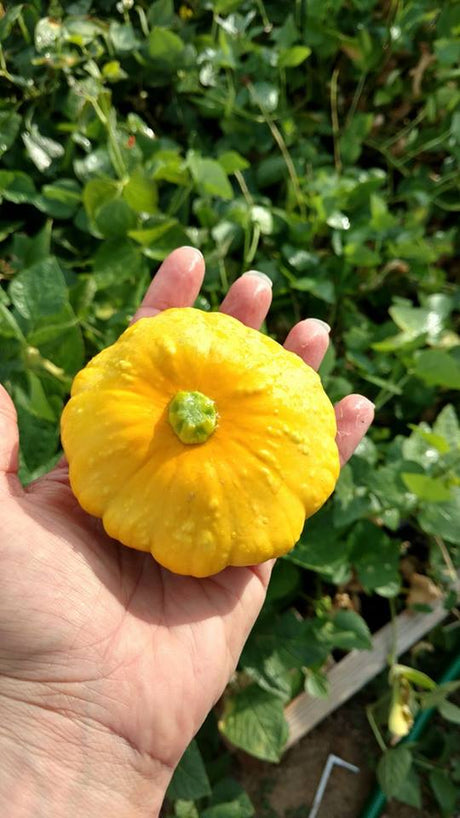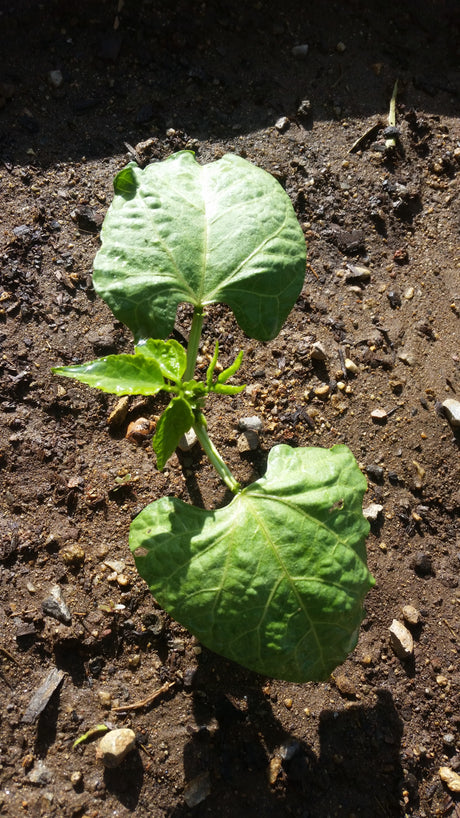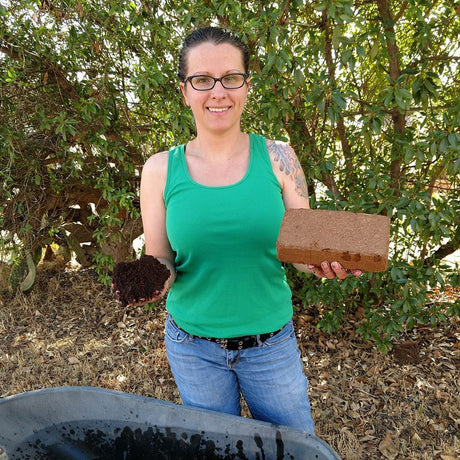
Day 17: Still Time to Plant Summer Squash
Mary's Heirloom Seeds Quick Links COCONUT COIR PELLETS 99 CENT SEED PACKS Seed Starting SUPPLIESOrganic Plant Food Organic Pest Control Heirloom BEANS Heirloom BEETS Heirloom CABBAGE Heirloom CARROTS ...
Mary Smith |











